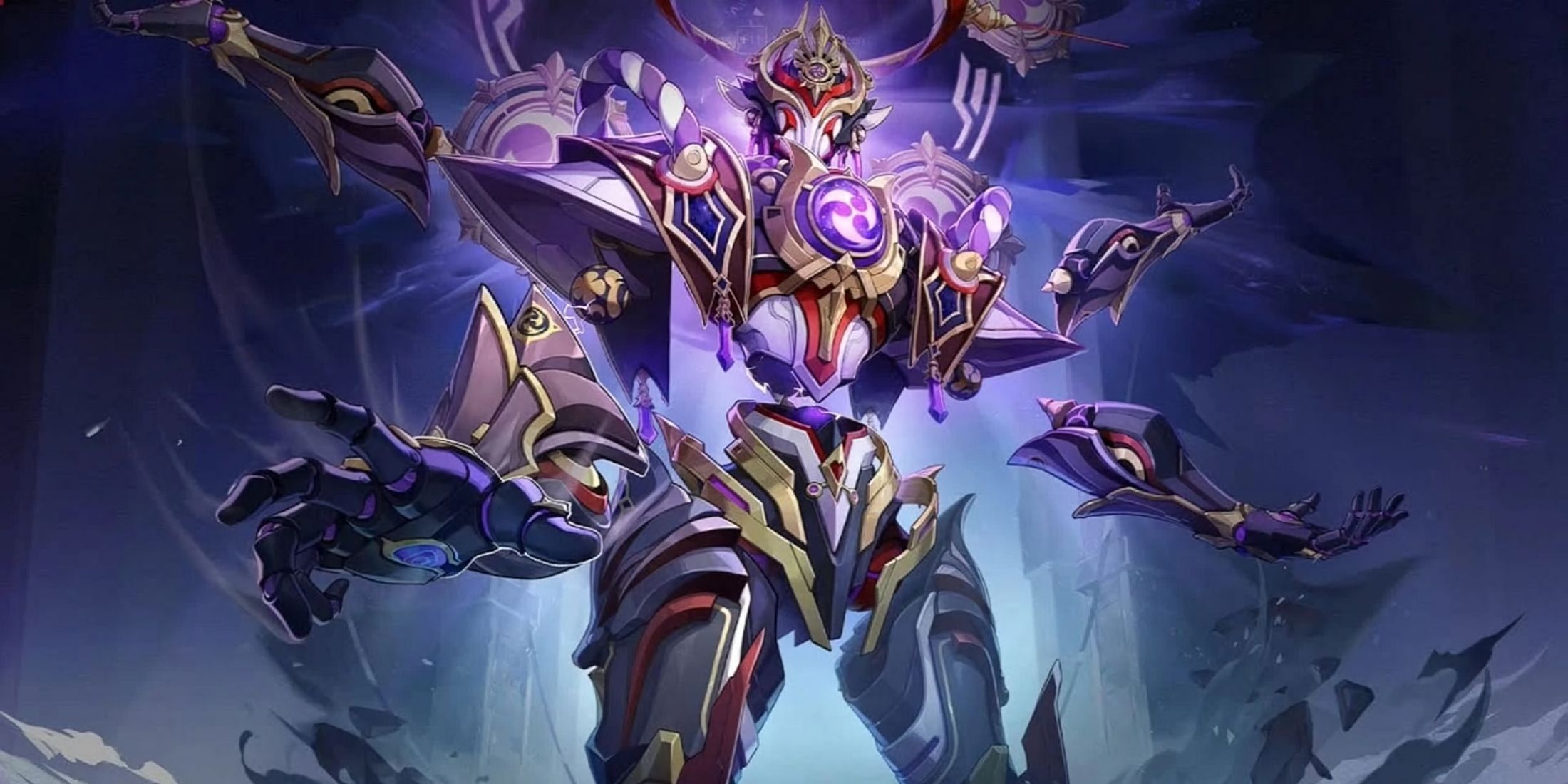ME.PCMAG.COM
This Cozy Simulation Game Is Seriously Helping My Mental Health
When I was growing up, video games were pretty much limited to Pac-Man and Mario, but, as with any art medium, gaming has come a long way since the early days of Namco and Nintendo. Today's triple-A titles like Red Dead Redemption 2 have writing and acting that's on par with the best of what Hollywood has on offer, but most are built around action and conflict. It's a heck of a lot of fun to rob a train and escape on horseback in Red Dead, or fend off a horde of goblins in Baldur's Gate for that matter, but gaming is a diverse space, with a healthy dose of options for folks looking for a cozier evening of play.Lushfoil's Icelandic landscape recreates the beauty of the country's natural landscape(Credit: Annapurna Interactive/PCMag)I enjoy these laid-back games quite a bit, and when I'm not working on a camera or drone review for PCMag, there's a better-than-average chance that I've got a game controller in my hand. So when I heard about Lushfoil, a new video game about photography, I knew I had to try it. Lushfoil: A Walking Simulator, With CamerasLushfoil is, at its heart, a walking simulator. This type of game puts you in a virtual world and lets you walk around. There's no danger of running into monsters or getting a Game Over screen with this type of game. Some walking games have a narrative arc or puzzles (like Myst), but with Lushfoil, it's all about taking in the scenery and snapping pictures with an in-game camera. A new age soundtrack spins in the background to help set the mood. My wife described it as "day spa music," and that seems as good a description as any for the score and the game in general. It's meant to help you wind down, take it easy, and enjoy some mental health self-care.This is pretty much the first thing you see when you start the game(Credit: Annapurna Interactive/PCMag)The game drops you right into the world. You start off on a wooded path with a shimmering blue lake nearby and snow-capped mountains in the distance, a version of Lago di Braies in South Tyrol, Italy. After a little wandering, I stumbled on a camera, a DSLR with a full kit of lenses (from fisheye to 100mm, with a magical 24-70mm F1.2 zoom).You'll pick up new cameras along the way, including the 2000s digital compact I used for this snap(Credit: Annapurna Interactive/PCMag)Tips pop up and provide instructions on how to use the camera, plus a help menu is available if you get stuck. Shutterbugs won't have a problem navigating the control panel—it has mode, aperture, shutter speed, ISO, EV compensation, contrast, and white balance settings, plus an array of filters that change color tone. If you don’t know your way around a camera, the game provides tips and tutorial assignments to teach you more about photography.The camera interface shows a viewfinder with focus points and a control panel with exposure and filter options(Credit: Annapurna Interactive)I ended up using the black-and-white option quite a bit, and also experimented mixing the color filters with white balance adjustments, which can give landscapes a surreal, alien look. I noticed that while the SLR's interface shows focus points like you see in an optical viewfinder, the viewfinder image itself shows color filters and exposure adjustments, so in that way it's more like a mirrorless camera.The SLR comes with a full set of lenses, including fish-eye(Credit: Annapurna Interactive/PCMag)Virtual Environments Rife for ExplorationI spent a few hours exploring the Lago di Braies area, learning the ins and outs of the camera system. Shortly after discovering the camera, I came across a board of photos, which introduces the scavenger hunt aspect of the game. In order to open up new areas, you need to discover stuff. Taking your own version of each of these picturesque scenes is one way to progress, but you can also find tchotchkes and additional cameras along the way.Find the photo board in each area to get your assignments(Credit: Annapurna Interactive/PCMag)It wasn't too long before I had found enough snapshots and extras to unlock a new area. The game includes two to start: Lago di Braies and Castle Rock Beach in Western Australia, plus lets you unlock more for a total of nine locations spread across three continents.These flags blow in the wind and are a perfect scene for a long exposure(Credit: Annapurna Interactive/PCMag)The first to unlock is Fushimi Inari Taisha in Kyoto, Japan. It's the level that made me really fall in love with the game. This forested mountain environment drops you into a walkway lined with vibrant red gates and includes a small village and temples, too.Recommended by Our EditorsThe gated pathways in the Kyoto environment gave me a real 'I want to go to there' feeling(Credit: Annapurna Interactive/PCMag)Fushimi is also the first section of the game to break out of purely wild aesthetic, and I'll admit it was a bit jarring to notice the lack of activity. The world of Lushfoil is beautifully rendered, but devoid of humanity. Occasionally, you'll spot an animal—I noticed gulls and larger birds, a cow, some cats—but Lushfoil is about landscape photography. This is really hammered home at one point in Fushimi when you come across two sets of one-way walking paths to help control pedestrian flow. Of course, this means there's no waiting for someone to move, so you can get the composition you envision. A lack of perfect realism comes with its benefits.There's not a lot of wildlife in Lushfoil, but you can find animals if you look for them(Credit: Annapurna Interactive/PCMag)Even without a population, I'm pretty happy with the variety of virtual areas available to explore. The game includes loads of scenery types, and with different lenses and cameras to play with, it's possible to capture them with different looks, angles, and filters. The landscape settings encouraged me to take time with compositions, chase interesting light, and use moderate f-stops to ensure deep focus. I used shallow depth of field less often than in real life and took fewer close-ups in-game simply out of a lack of opportunity of subjects and the limitations of virtual worlds. Wide shots in Lushfoil are gorgeous, but textures aren't clear enough for detailed macro images.Sadly, I didn't spot any kangaroos in the Australian setting(Credit: Annapurna Interactive/PCMag)Go On a Photographic Scavenger HuntI got a good handle on the gameplay mechanics as I progressed through the game—so far, I've played for around seven hours and still have two locations to unlock. Each area has its own character and lighting aesthetic, but for the most part, you walk around and take in the scenery, and break out the camera when you see an interesting scene. You may also come across tutorials and challenges that encourage you to experiment with camera settings; I stumbled across long exposure, color filters and white balance, and manual focus during my playtime.The contrasted light in the Kyoto village is perfect for black-and-white images(Credit: Annapurna Interactive/PCMag)Sometimes it takes a while to find the photo board and get your list of assignments, but that's OK. On a couple of occasions, I took an assignment photo before finding the board. The previous efforts don't count, but since your in-game photo album doubles as a fast travel mechanism, it's just a matter of going back and capturing the scene again. A chime sounds when you've completed an assignment.The glacier in the Iceland setting is otherworldly(Credit: Annapurna Interactive/PCMag)After finishing up most of my assignments in Japan, I moved on to the next area, a rocky Icelandic landscape with a waterfall and glaciers. I was a little surprised to see dull, storm cloud lighting here, but pressed on to finish the photo assignments and collect items (gnome statues in this instance). Iceland was the first area in which I was able to complete all of my photo assignments, and it led to a nice surprise—a key that unlocks a path that takes you to another version of the world with golden magic hour lighting. It's fun to explore the same pathways with vastly different light.The game's drone reminds me of the Parrot Bebop(Credit: Annapurna Interactive/PCMag)The DSLR is available in every level, but I found other cameras lying around on benches or near pathways along the way. There's a digital point-and-shoot, a 90s-style camcorder, a 35mm film cam, and more. I was especially giddy to find a drone when exploring the mountains of Nepal. Flying a quadcopter around and snapping photos from the air adds a new perspective to gameplay. The drone's outline and slightly wobbly flight characteristics remind me of the old Parrot Bebop, which is a nice touch. One note, despite including a simulated camcorder, Lushfoil is all about stills, as there's no video capture.The mountains of Nepal are a perfect (virtual) location for drone photography(Credit: Annapurna Interactive/PCMag)Where to Get LushfoilLushfoil runs pretty well on my system, a Skytech Nebula PC with a Core i5-13400F processor, nVIDIA RTX 4060 graphics, and 32GB of memory, but I noticed some minor bugs and quirks along the way. The most common problem I saw was textures not loading properly on subjects, something that makes rocks appear smooth instead of craggy. This flaw shows up in photos, so it's worth restarting your session if you see objects loading without texture. Aside from that, my camera control panel stopped showing up on a few occasions, but I didn't run into any worse problems or full-on crashes. In addition to Windows (via the Steam store and Epic Games Store), Lushfoil is also available for PlayStation 5 and Xbox Series X and Series S consoles.Even with a few bugs, I've had enough fun with Lushfoil to recommend it to photographers who game and gamers who like taking pictures. I appreciate its diverse environments, decent array of camera types, and chill, relaxing atmosphere. The price is also nice: At a time when games can cost as high as $80, Lushfoil is just $14.99.









